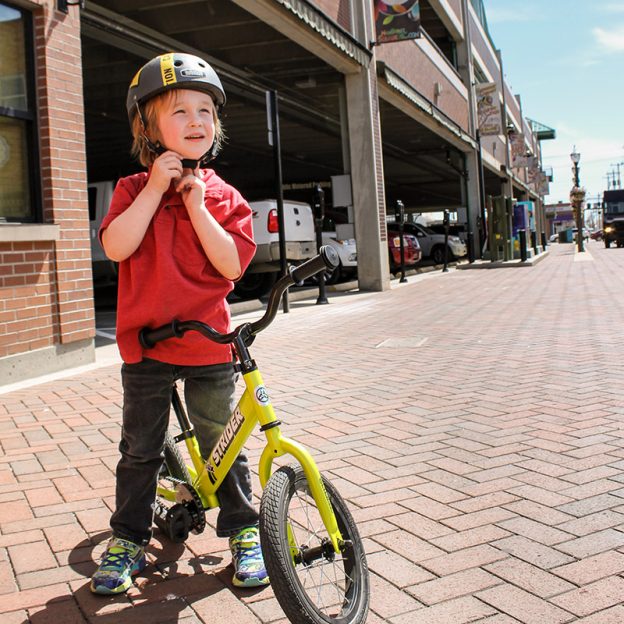Tag: strider
-

Balance bikes are a great way for kids to adapt to a life of riding
Balance bikes are sweeping the world as the best way to teach children to ride bikes. What is a balance bike and how does it work? Balance bikes look a lot like a normal bike with two wheels, frame, seat and handlebars. What you won’t see on a balance bike is a crank, chain or…
-

Strider’s 14x is a new breed of balance bikes and out of the box
We’ve talked a lot about balance bikes in the past, and with good reason. Balance bikes teach children the most difficult aspect of riding in a fun and easy way. By doing away with the pedals, a balance bike allows kids to scoot along sidewalks and paths with relative ease while learning how to balance…
